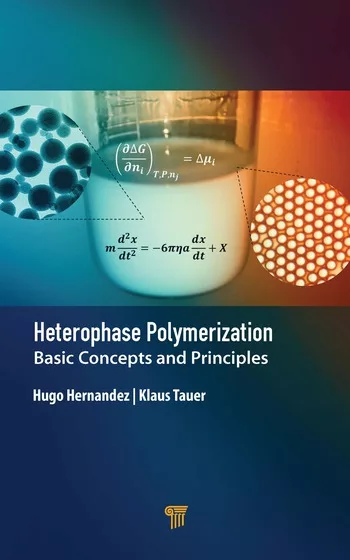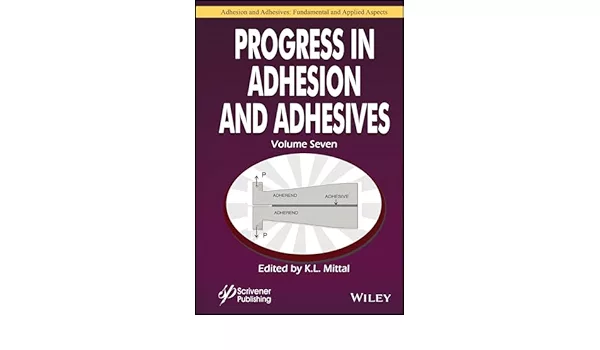Ask Dr. Dave
Adhesives and sealants troubleshooting tips from Dr. Dave Dunn.
Question: We bond sheet molding compound (SMC) with a polyurethane adhesive, then test the bonded joint by lap shear or cross peel. With one particular substrate, we get 100% substrate failure (in our industry we call it fiber tear) at 500 psi of pull force. With a second substrate, we get 800 psi of pull force, but only 60-80% fiber tear or substrate failure.
Which is considered better and why? We use the same cross-sectional area, as well as the same testing and sample preparation method for both substrates. The only difference is the substrate, and our customer likes to see fiber tear.
Answer: This is a common question when people bond porous or fibrous materials, and, quite frankly, tearing or failing of the substrate is not necessarily relevant. One must remember that many high-strength adhesive joints comprise bonding very strong, non-porous materials such as metals or glass.
The only important thing in an adhesive joint is that it is designed to withstand the static and dynamic stresses caused by its environment. In any adhesive joint, you can get three points of failure. First, the substrate can fail; this frequently happens when bonding weak materials such as paper or thin thermoplastics. The fiber tear you refer to is an example of this. The second failure point is the so-called cohesive failure of the adhesive, which is usually reflected by adhesive being observed on both sides of the adhesive joint after failure. Third, you can get adhesive failure where the actual adhesion to the surface is the weakest part of the system. In this case, one observes a clean surface on one or both surfaces of the substrate.
I have no doubts that your system with 800 psi is the best scenario for this bonded joint. In fact, the 800 psi you observe on the second substrate shows that it is a stronger substrate than the first one.
Question: We bond sheet molding compound (SMC) with a polyurethane adhesive, then test the bonded joint by lap shear or cross peel. With one particular substrate, we get 100% substrate failure (in our industry we call it fiber tear) at 500 psi of pull force. With a second substrate, we get 800 psi of pull force, but only 60-80% fiber tear or substrate failure.
Which is considered better and why? We use the same cross-sectional area, as well as the same testing and sample preparation method for both substrates. The only difference is the substrate, and our customer likes to see fiber tear.
Answer: This is a common question when people bond porous or fibrous materials, and, quite frankly, tearing or failing of the substrate is not necessarily relevant. One must remember that many high-strength adhesive joints comprise bonding very strong, non-porous materials such as metals or glass.
The only important thing in an adhesive joint is that it is designed to withstand the static and dynamic stresses caused by its environment. In any adhesive joint, you can get three points of failure. First, the substrate can fail; this frequently happens when bonding weak materials such as paper or thin thermoplastics. The fiber tear you refer to is an example of this. The second failure point is the so-called cohesive failure of the adhesive, which is usually reflected by adhesive being observed on both sides of the adhesive joint after failure. Third, you can get adhesive failure where the actual adhesion to the surface is the weakest part of the system. In this case, one observes a clean surface on one or both surfaces of the substrate.
I have no doubts that your system with 800 psi is the best scenario for this bonded joint. In fact, the 800 psi you observe on the second substrate shows that it is a stronger substrate than the first one.
Links
Looking for a reprint of this article?
From high-res PDFs to custom plaques, order your copy today!






